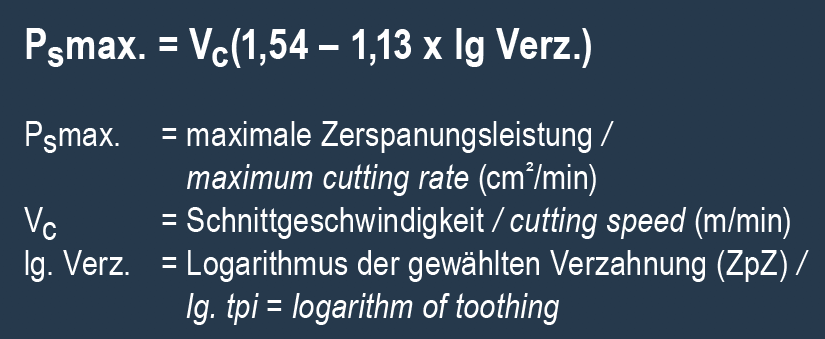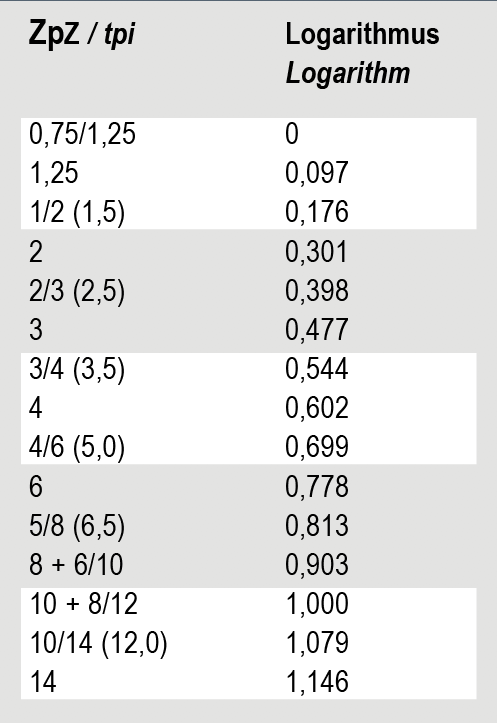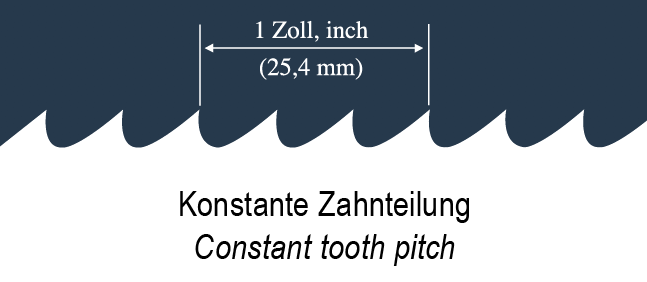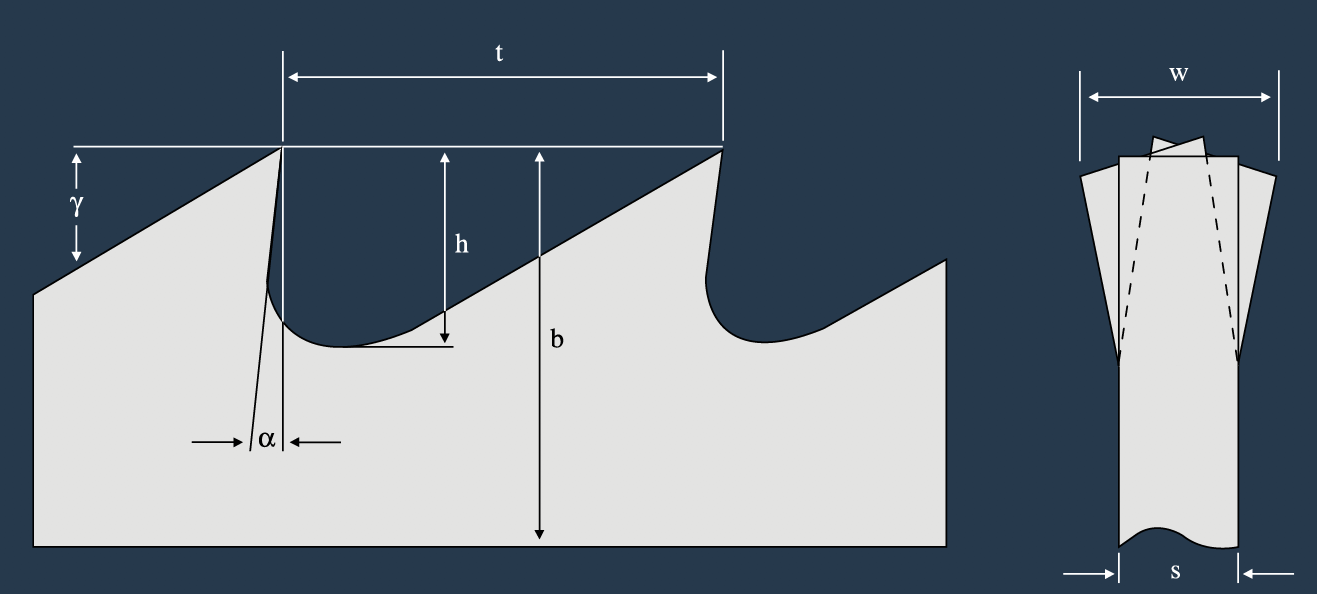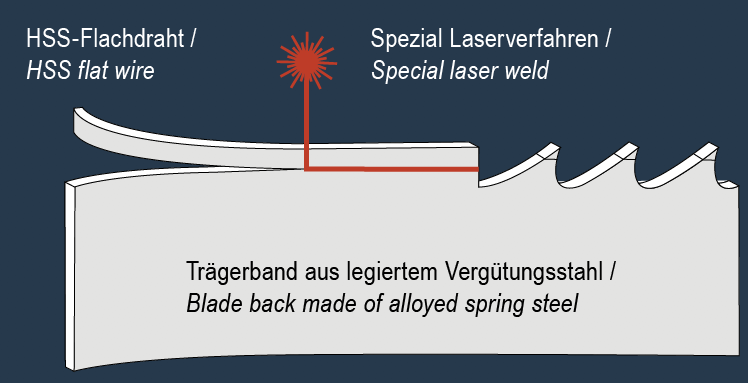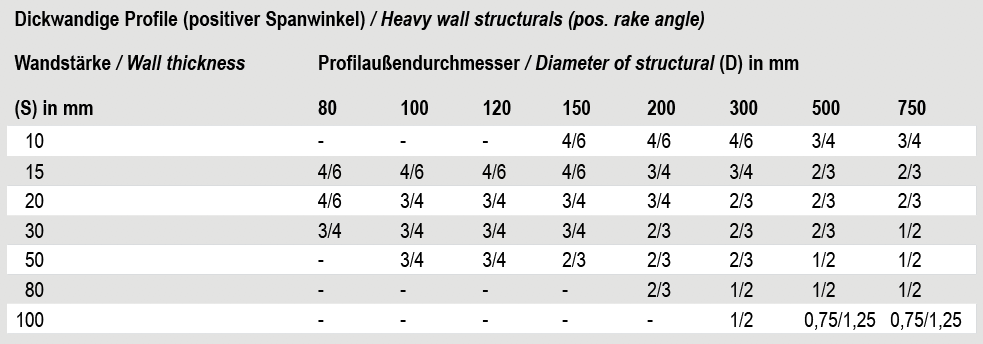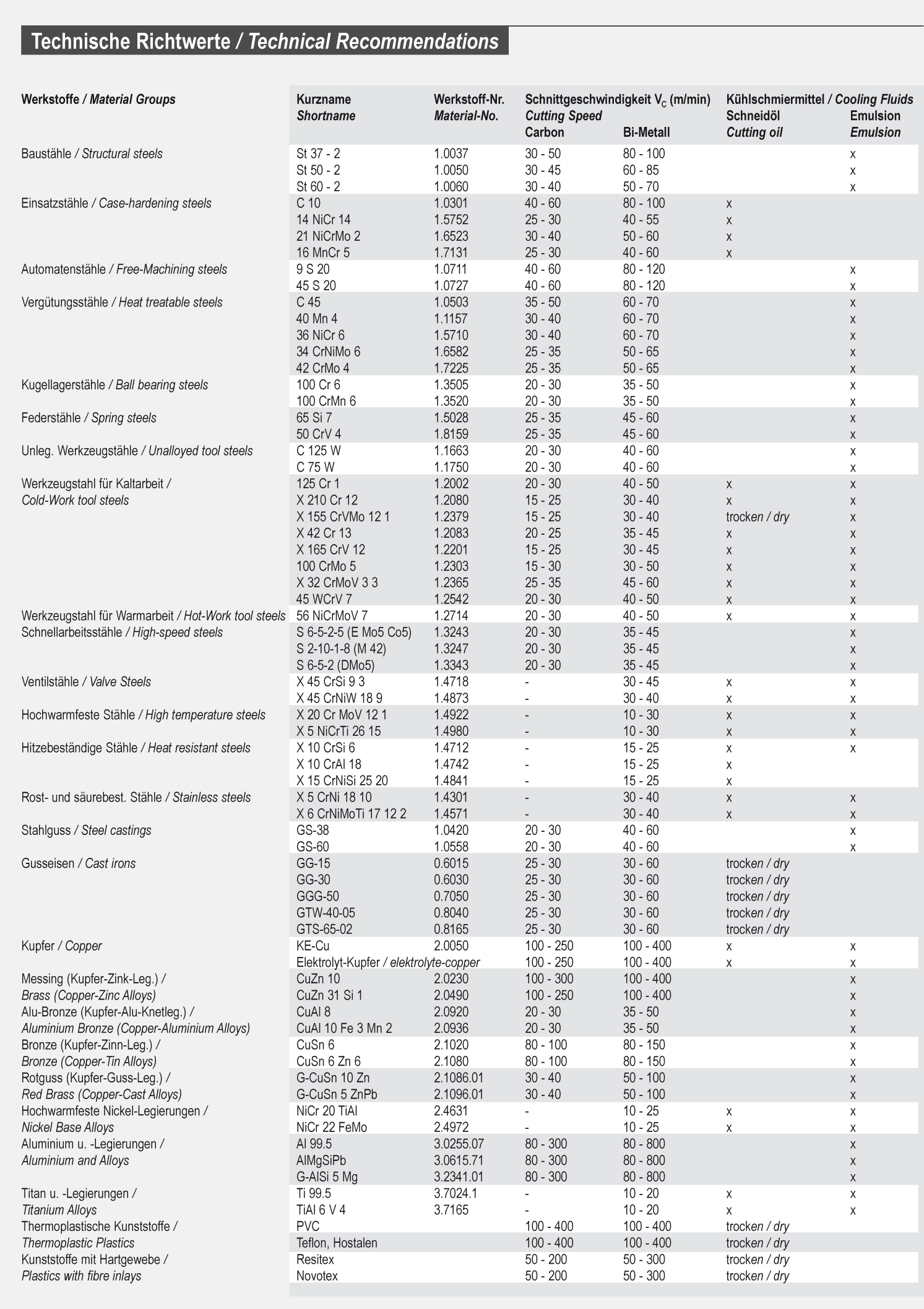Technique band saws
Band saw blades Characteristics
tooth forms
-
Button
Designed for:
• short chipping materials
• light wall thickness
Data:
• rake angle 0°
• 3 to 18 tpi
-
Button
Designed for:
• long chipping materials
• large cross sections
Data:
• positive rake angle
• 0.75 to 6 tpi
-
Button
Designed for:
• low vibration cutting
• structuals
Data:
• rake angle 0°
• variable tooth pitch of 3/4 to 10/14 tpi
-
Button
Designed for:
• low vibration cutting
• solid materials
Data:
• positive rake angle
• variable tooth pitch of 0.55/0.75 to 4/6 tpi
geometry
-
Button
b. bandwidth
S. thickness
h. tooth depth
t. tooth pitch
a. rake angle
y. clearance angle
w. setting width
tooth set
band width
bi-metal
-
Button
Flexible:
The blade back of our Bi-Metal band saw blade consists of a special alloyed spring steel. Highly flexible at a hardness of about 50 HRC. The ideal basis for long fatique life and excellent cutting performance.
Hard and wear resistant:
Tooth tips made of hardened HSS Steel in M42 or MPM quality.
Perfectly joint:
Both materials are undetachably welded together.
All advantages:
The high quality Bi-Metal band combines the flexibility of the spring steel backing with enormeous wear resistance of highspeed steel. Each tooth tip is of hardened HSS-steel, extremely durable for best performance.
tooth pitch
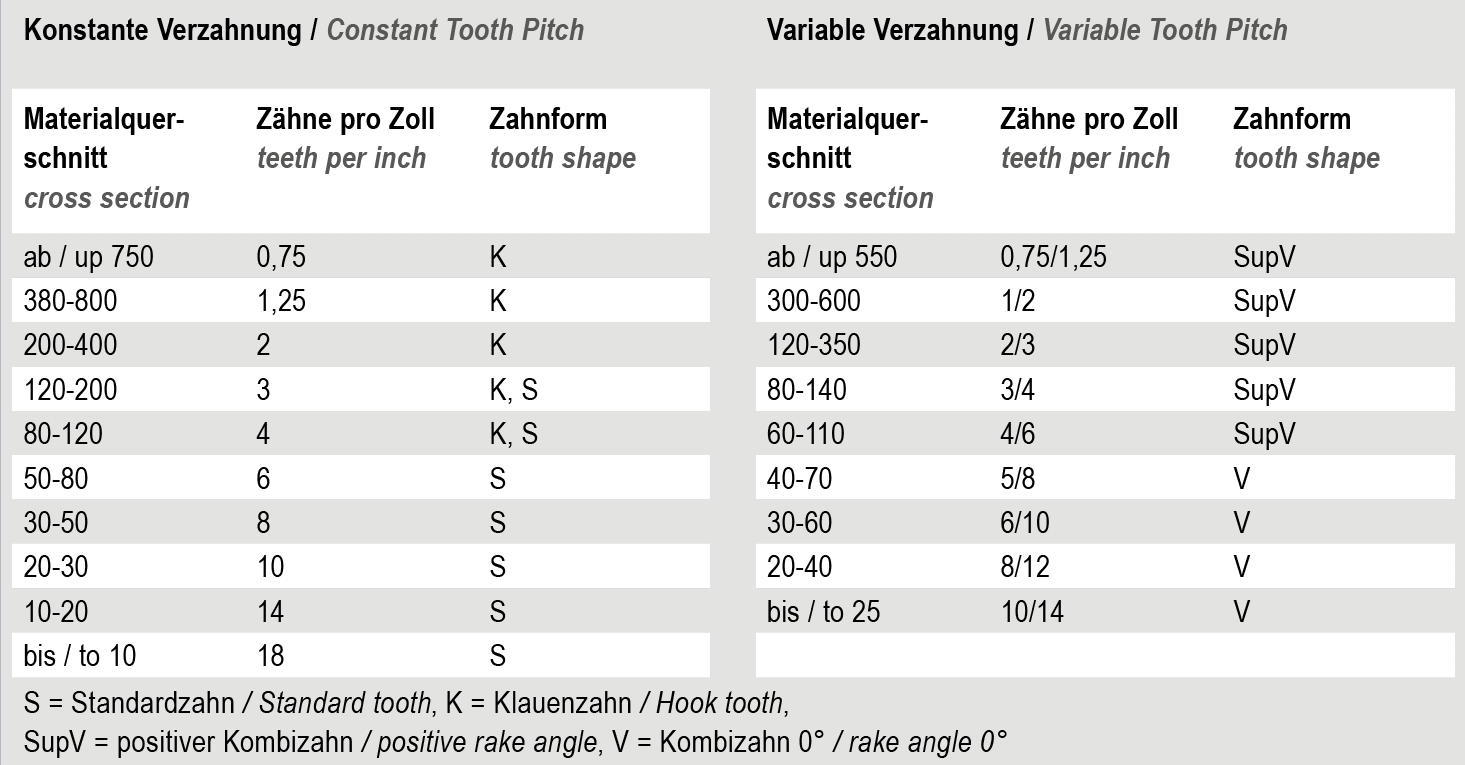
Produce best chip load with the right feed-rate.
